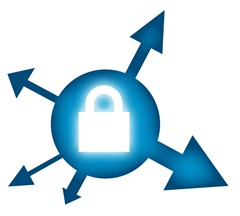
- With the data breaches and theft of customer data increasing at an alarming rate, lawsuits relating to these breaches have been a hot topic....
- With the data breaches and theft of customer data increasing at an alarming rate, lawsuits relating to these breaches have been a hot topic....






